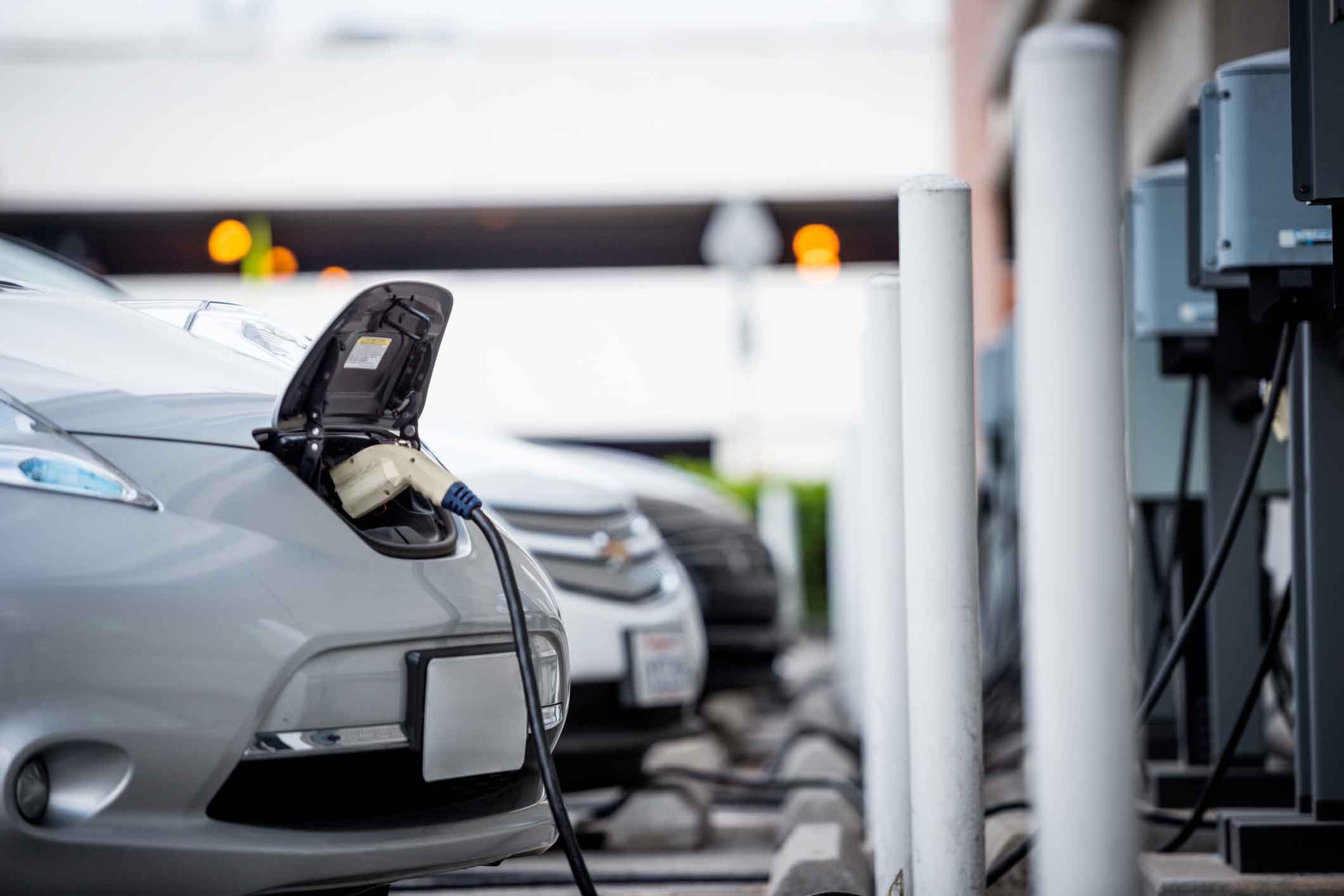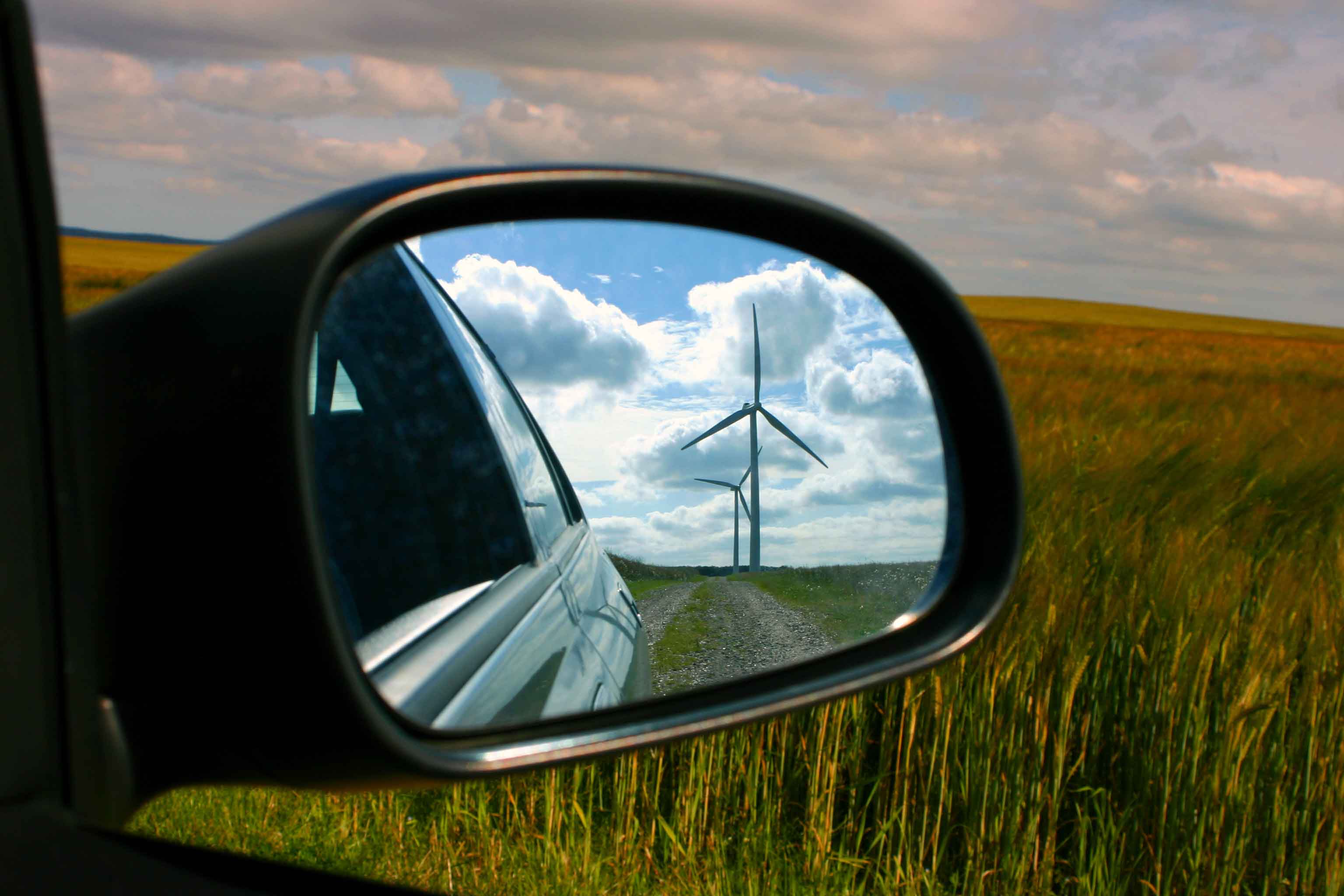EV Ownership FAQs
What types of electric vehicles are there? How energy efficient is an electric motor? What will it cost to maintain the vehicle? Get answers to all these questions and other frequently asked questions about EVs.
Types of EVs
There are various electric vehicle types available; these are the three most common types:
Battery Electric Vehicles have a battery and an electric motor instead of a gas tank and an internal combustion engine. Sometimes EVs are also referred to as “All Electric Vehicles” or “Plug-in Vehicles” (not to be confused with Plug-in Hybrid Electric Vehicles). They run entirely on electricity and do not produce any exhaust from the burning of fuel.
Plug-in Hybrid Electric Vehicles have an electric motor AND a gas-powered internal combustion engine. Some PHEVs operate exclusively, or almost exclusively, on electricity until the battery is nearly depleted, then the gasoline-powered engine turns on to provide power. Like Battery Electric Vehicles, PHEVs can be plugged in to charge the battery when the vehicle is not in use.
Hybrid Electric Vehicles have an electric motor AND a gas-powered internal combustion engine and don’t plug-in for charging. HEV can have substantial range on a single tank of gas, but they still burn fossil fuel, produce carbon emissions, require trips to the gas station and scheduled engine maintenance. HEV may be an ideal choice for those with extended commutes and limited charging system access.
Check out all the latest EV models in our website’s EV Model Directory!

Emissions & Efficiency
Driving a car with no exhaust means no emissions. Simple.
Answer: not that much. Cherryland leads Michigan with an energy portfolio that is 62% carbon-free. Every time you plug into Cherryland, you are using cleaner energy resources than the rest to “fuel” your EV.
Check out our Carbon Reduction Calculator to see how much you can reduce your carbon footprint by driving an EV!
EVs are absolutely more efficient than their internal combustion counterparts for several reasons:
- Electric motors are more efficient in converting stored energy into propulsion.
- EVs do not consume energy while at rest or coasting.
- Regenerative braking of EVs can be used to re-capture energy during braking.
Conventional gasoline engines effectively use only 15% of the fuel energy content to move the vehicle or to power accessories, while electric drive vehicles have on-board efficiency of around 80%.
Good news! Electricity is less expensive than gasoline. Also, electricity prices are generally much more stable than gasoline prices. On a national average, it costs less than half as much to travel the same distance in an EV than a conventional vehicle. Add the energy efficiency of an EV and you are saving all over the place!
Find out how much you can save by switching to an EV with our Fuel Savings Calculator!

EV Maintenance
EV batteries are typically designed to last for the life of the vehicle and have a very low failure rate (like less than a hundredth of a percent low!). However, like any engine, the type of battery and how hard you drive can affect its lifespan.
Some manufacturers offer high mileage/multi-year warranties for EV batteries. If you’re going electric, it’s worth looking into.
With fewer moving parts to maintain and fluids to change, EVs require significantly less maintenance than their gas-powered siblings*. EVs need little scheduled maintenance to their electrical systems and, because of regenerative braking, brake systems on EVs typically last longer than on conventional vehicles.
Here some other maintenance related benefits:
- No oil changes
- No spark plugs or wires to replace
- No exhaust system to maintain
*Hybrid Electric Vehicles (HEV) and Plugin Hybrid Electric Vehicles (PHEV) have an electric motor and a gas motor and still require the standard maintenance of a regular gas-powered vehicle.


